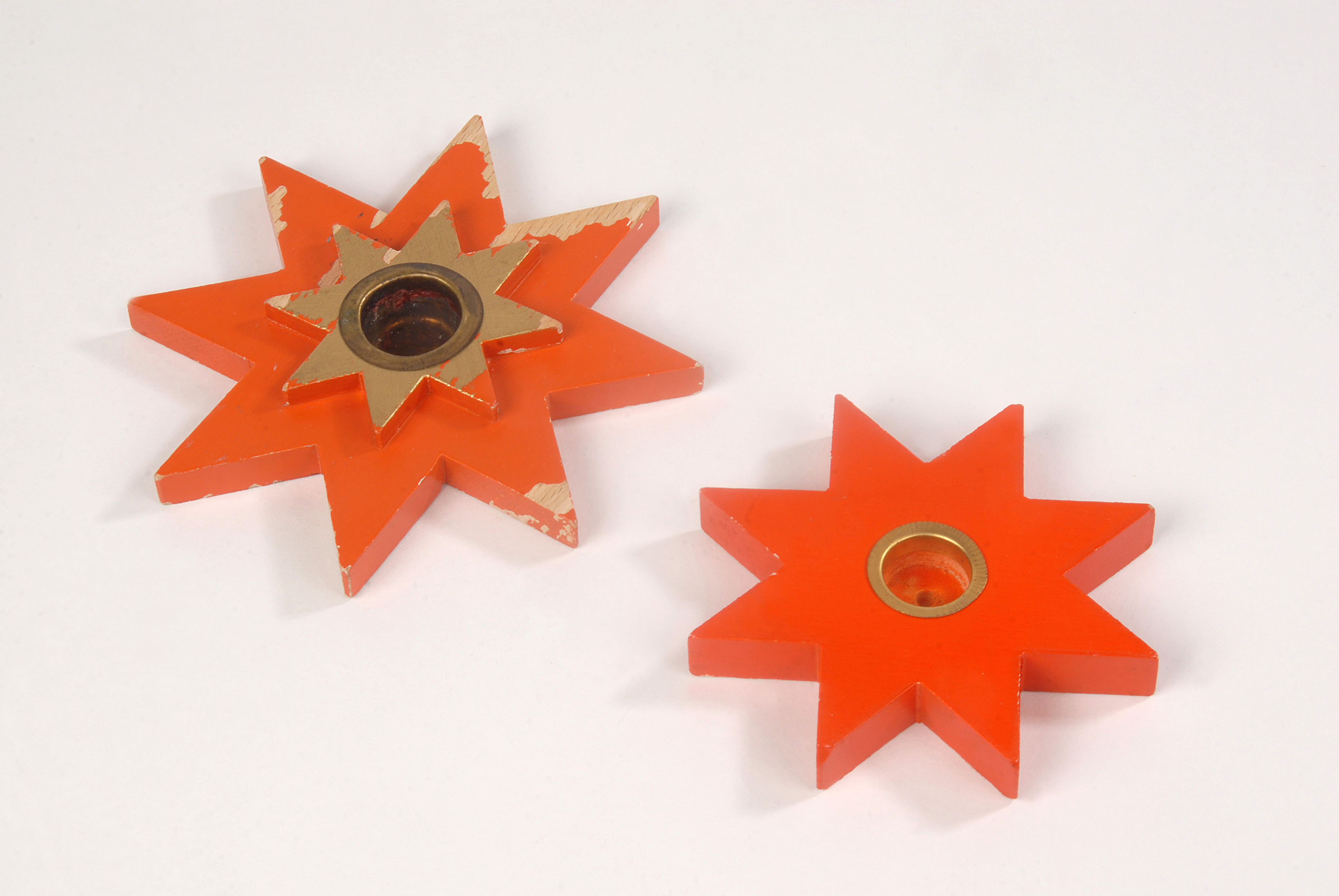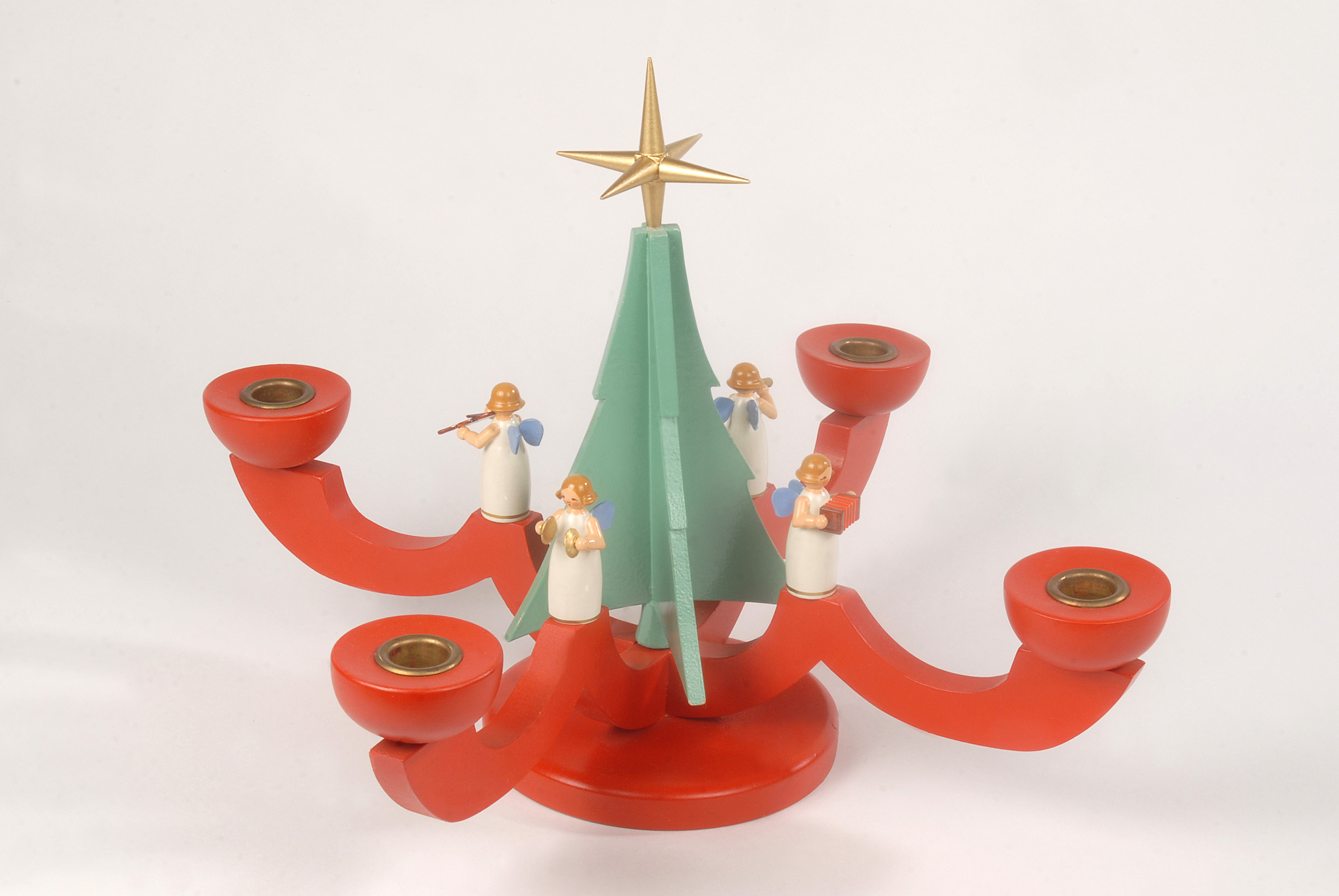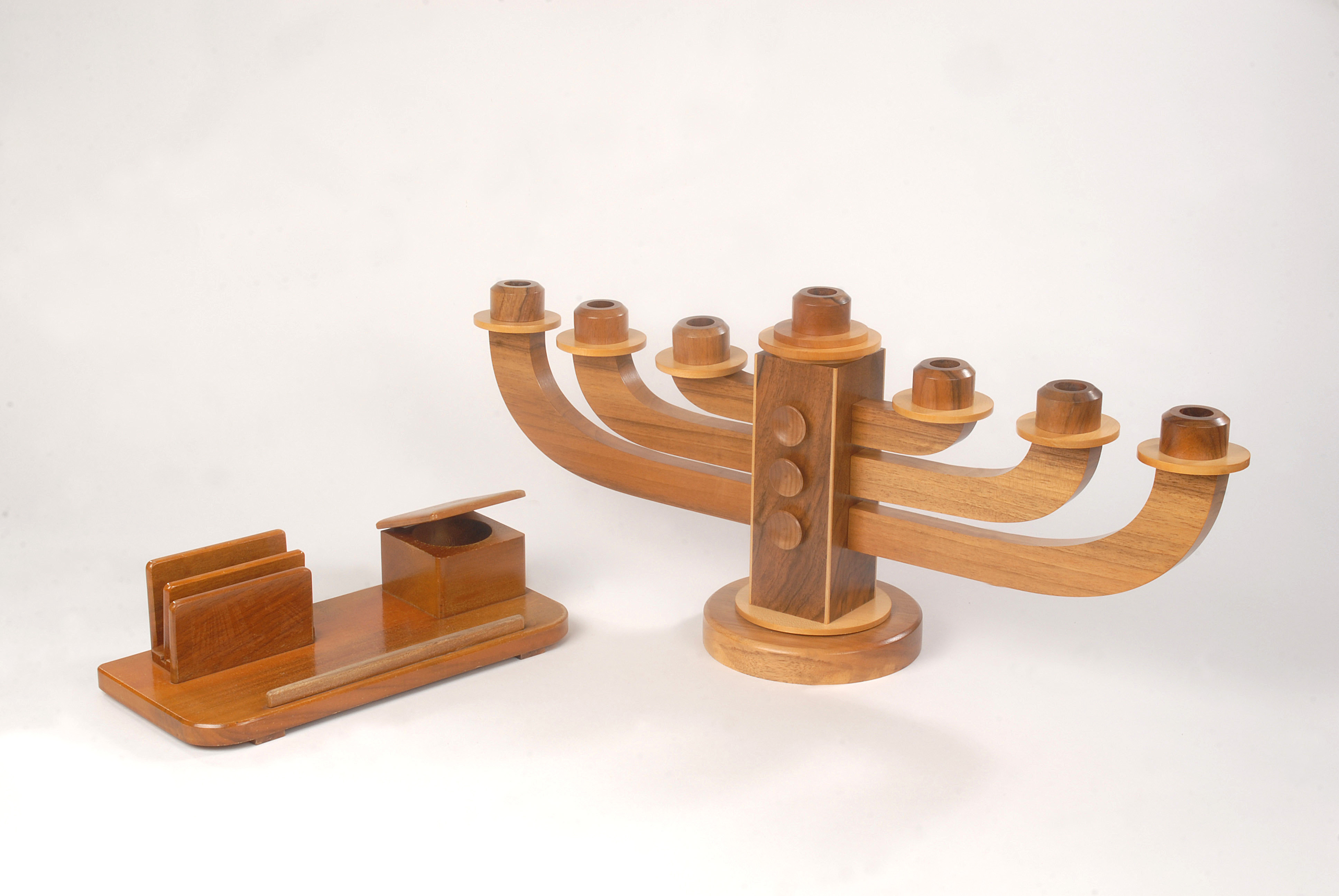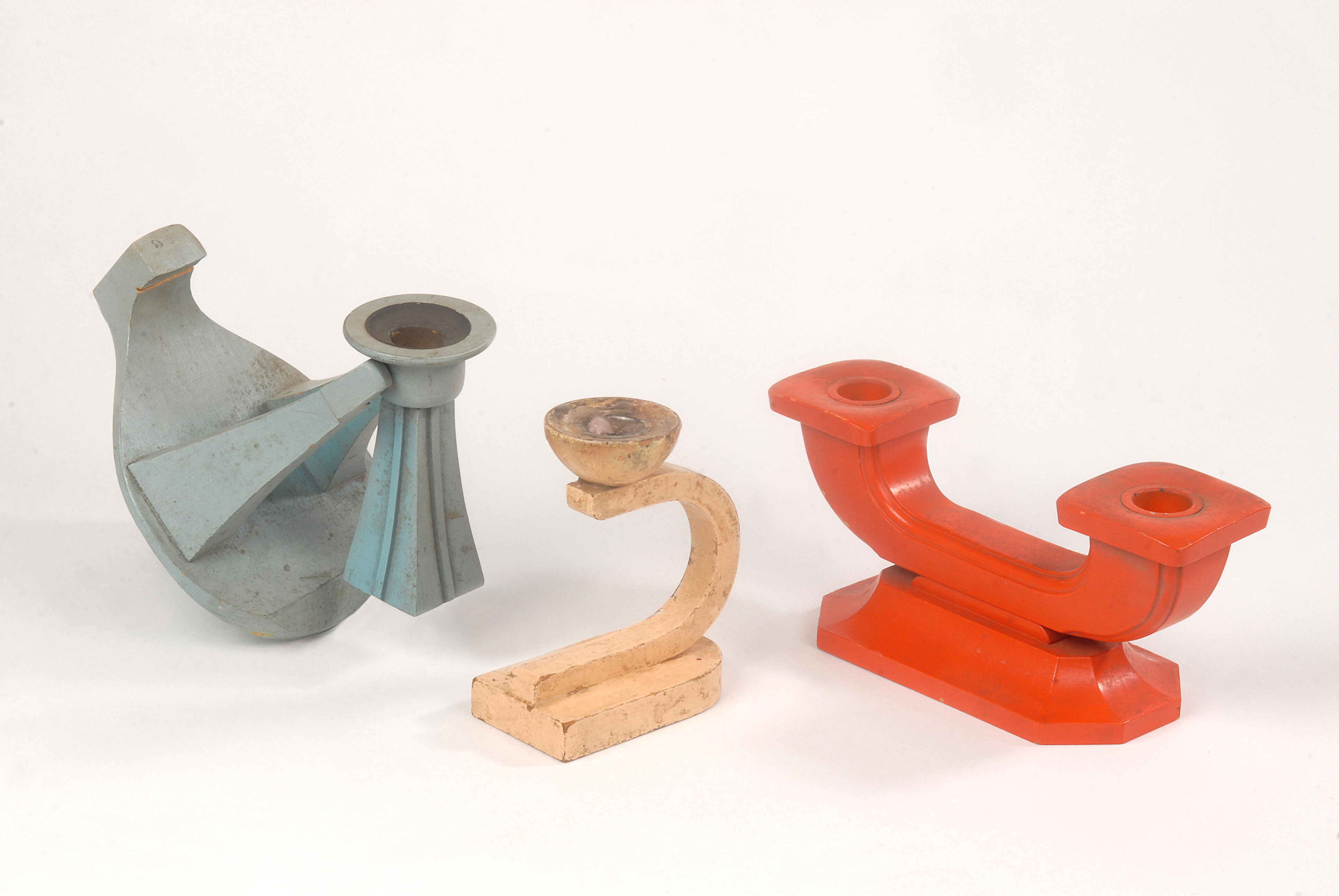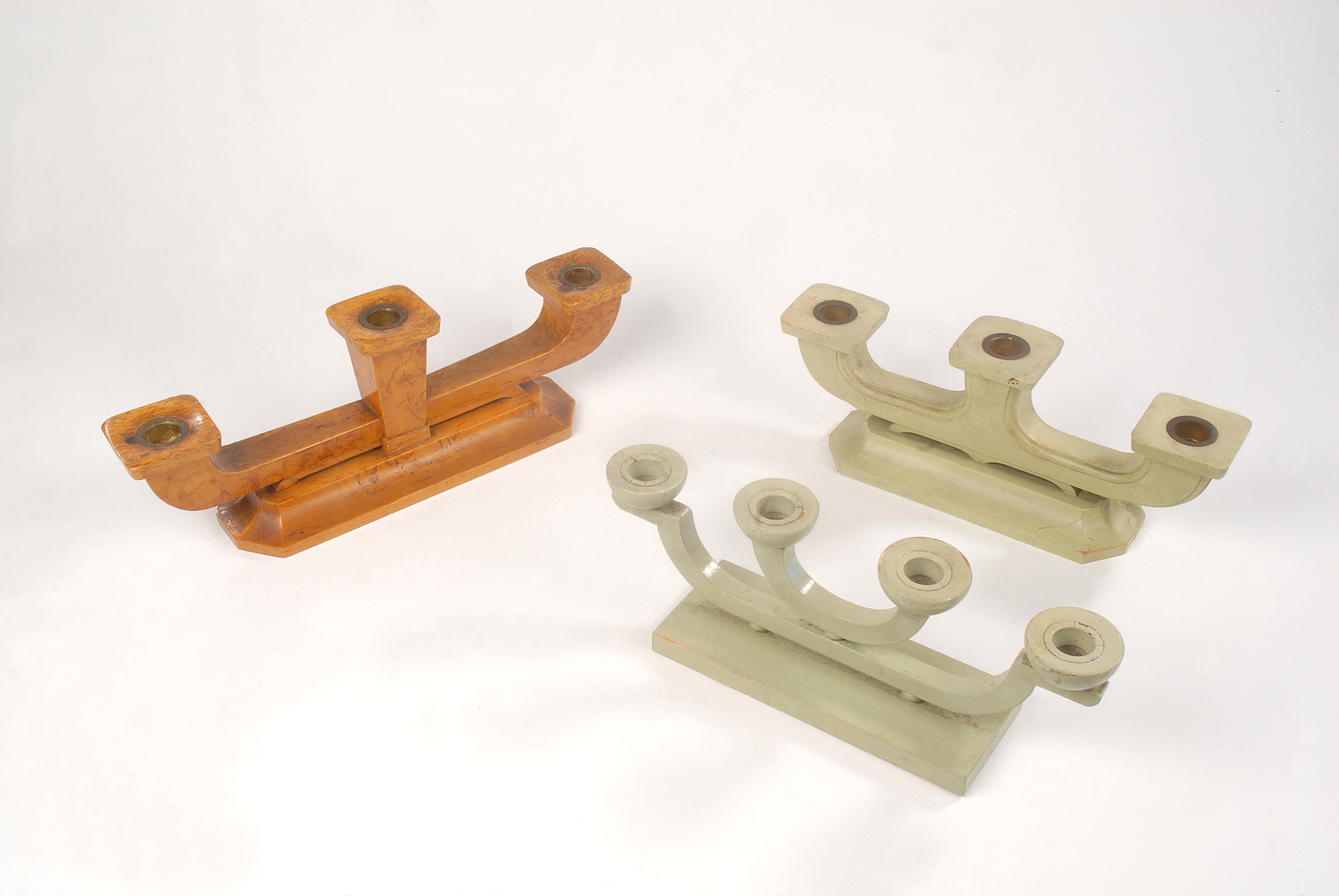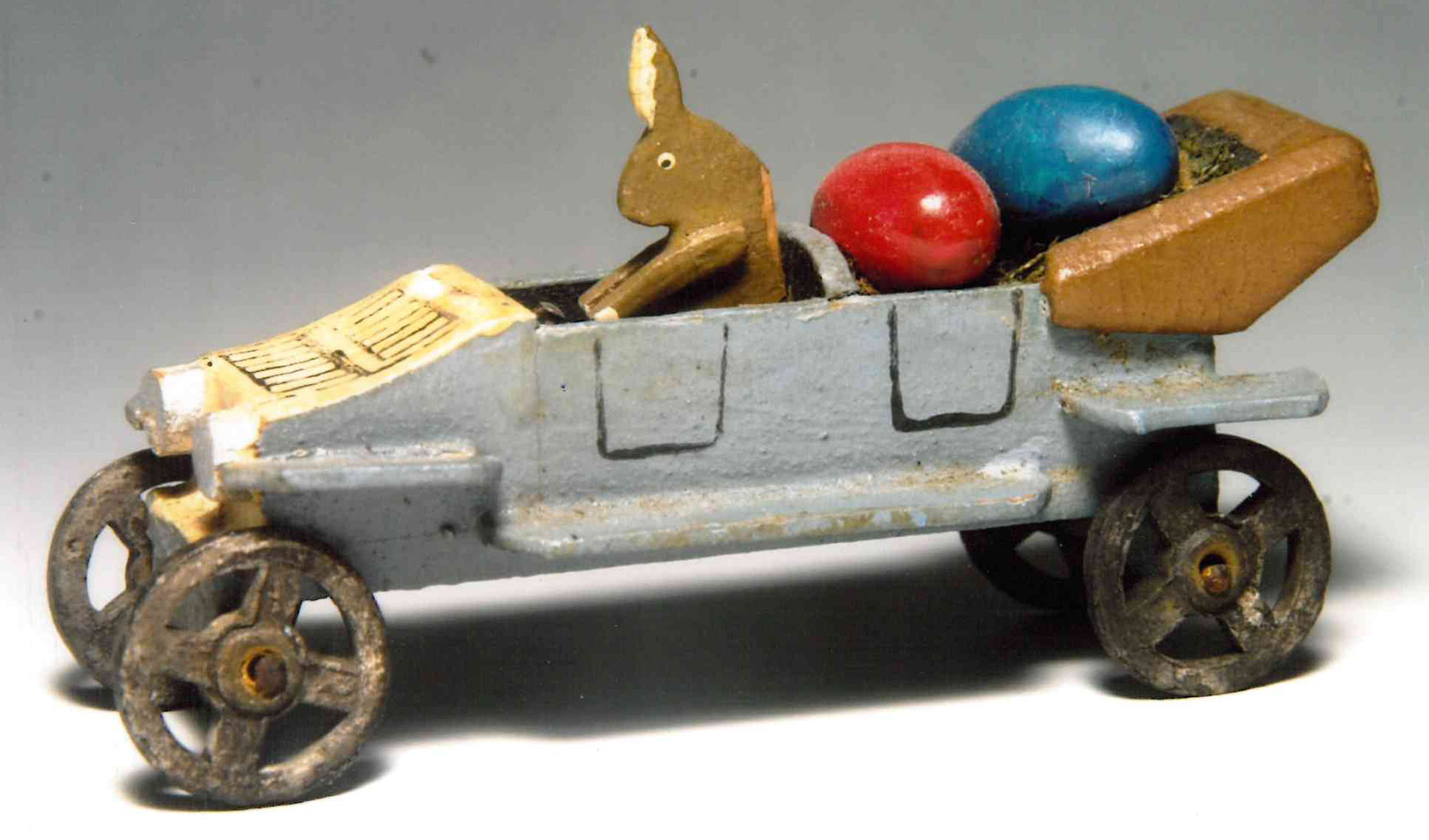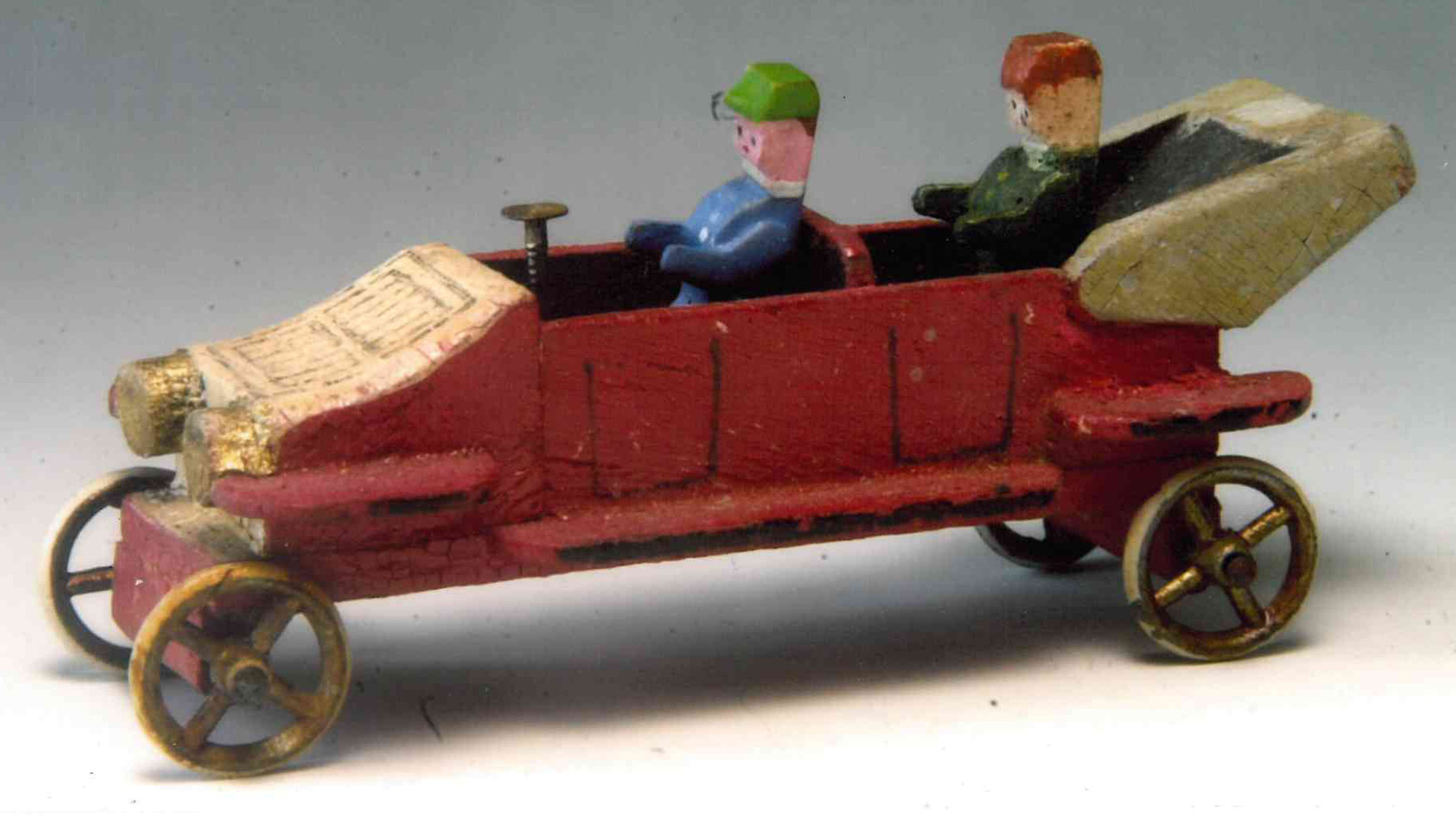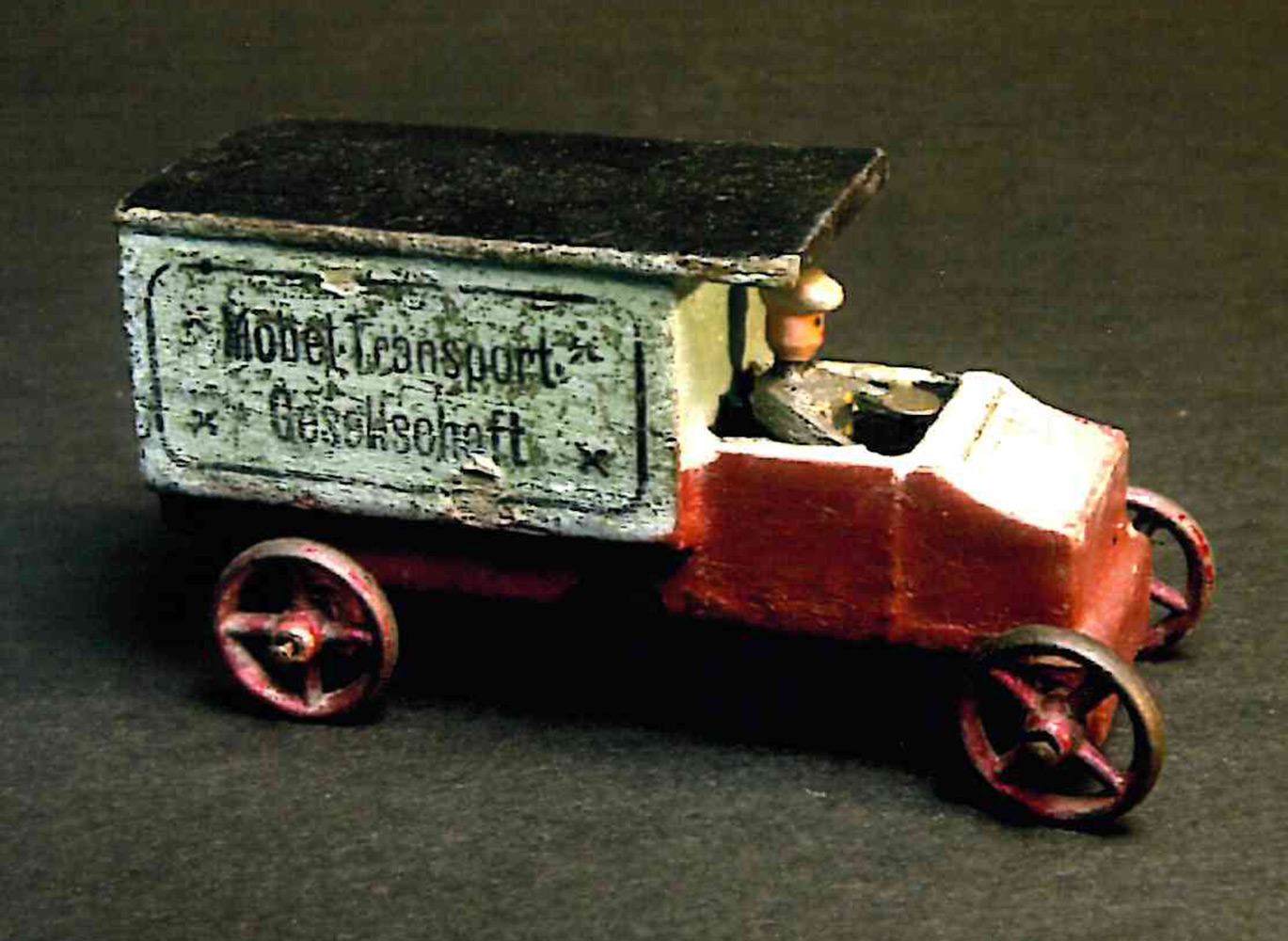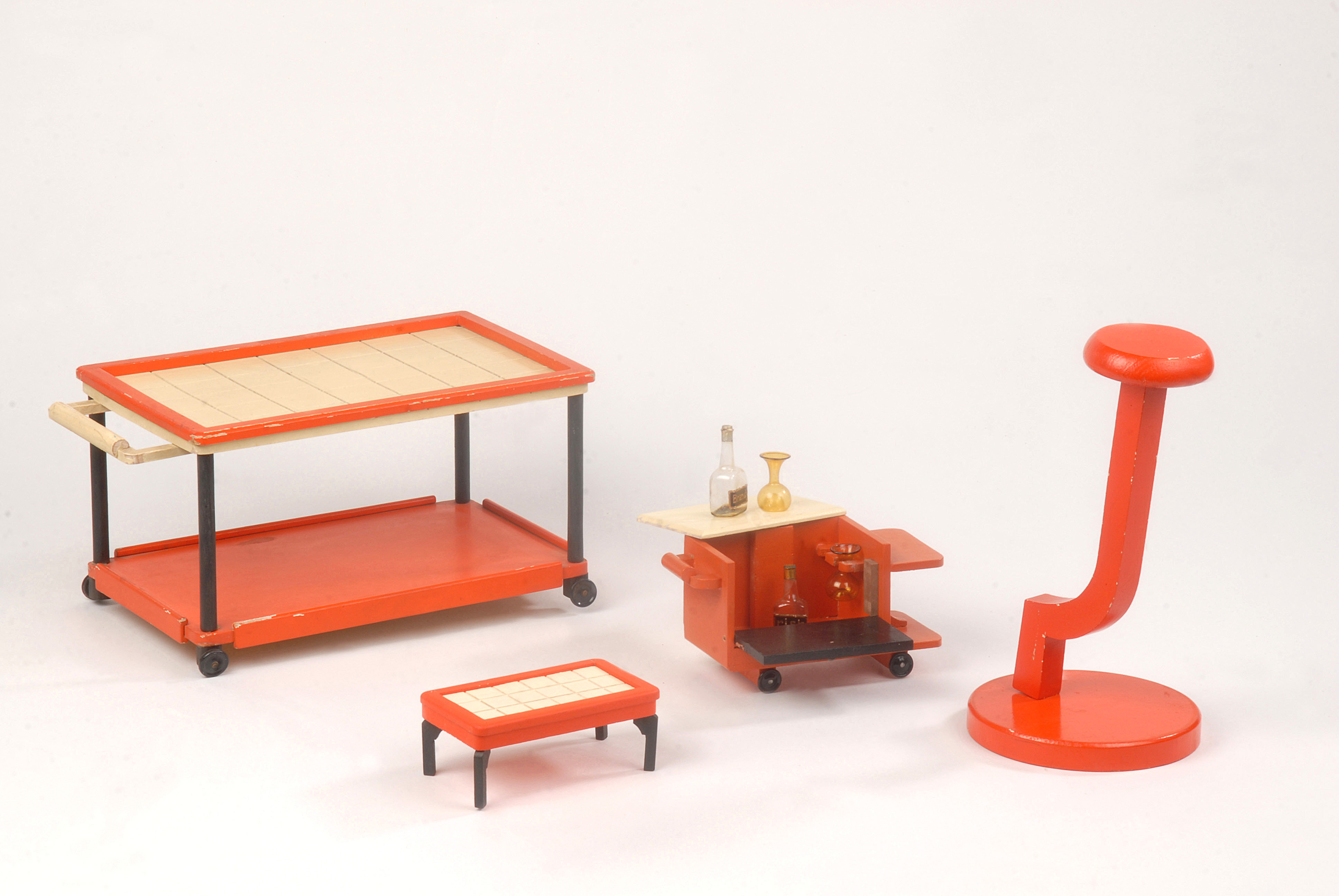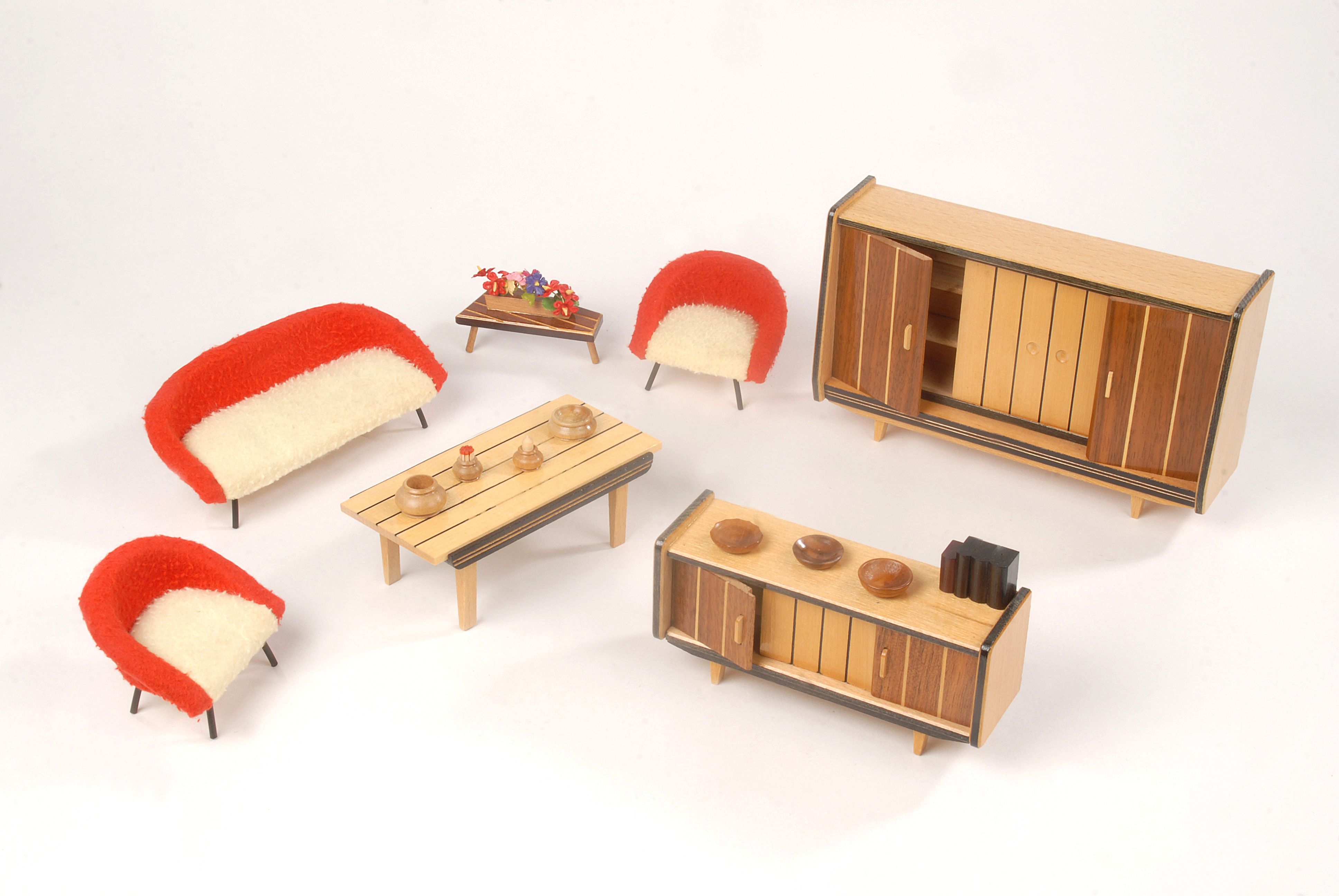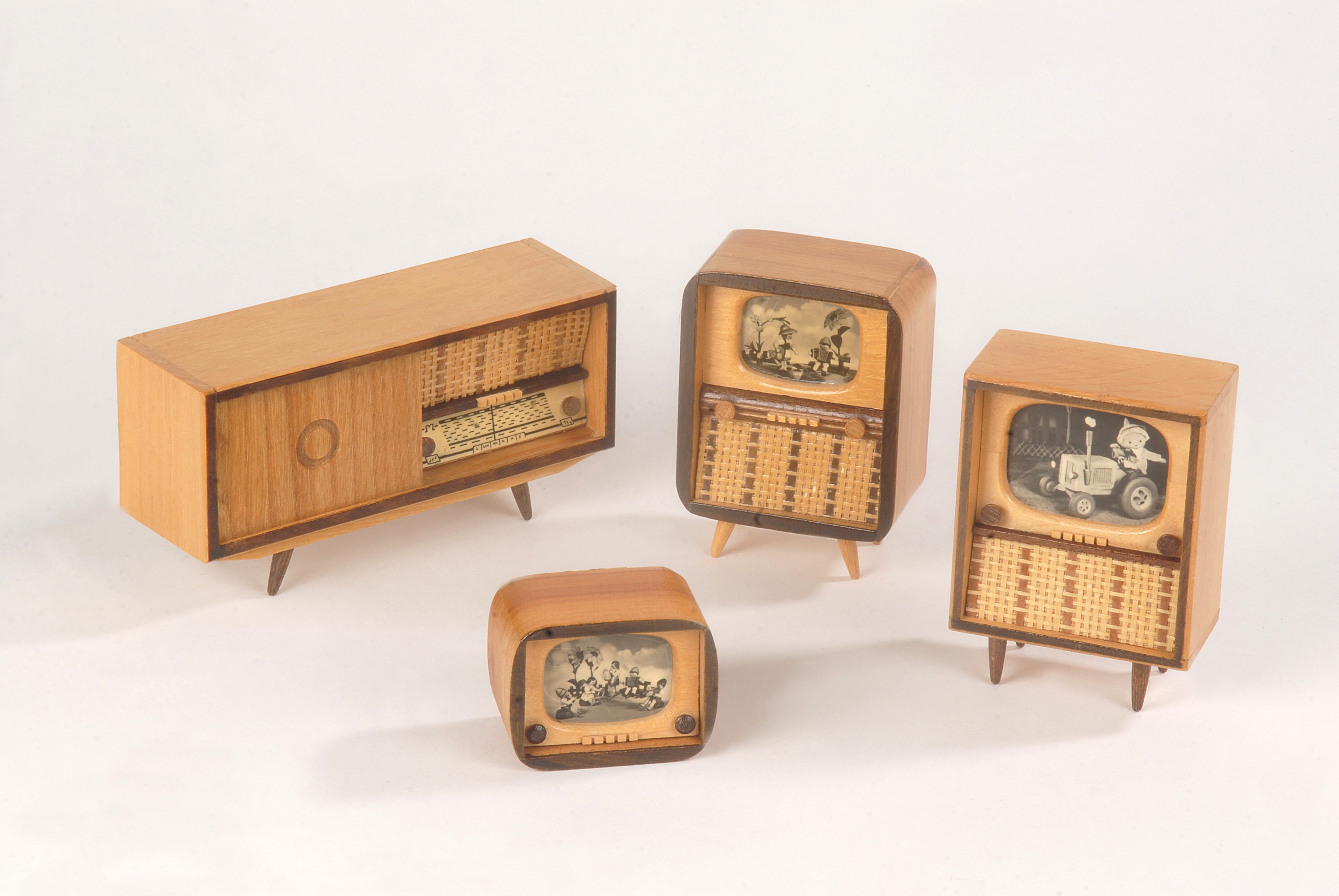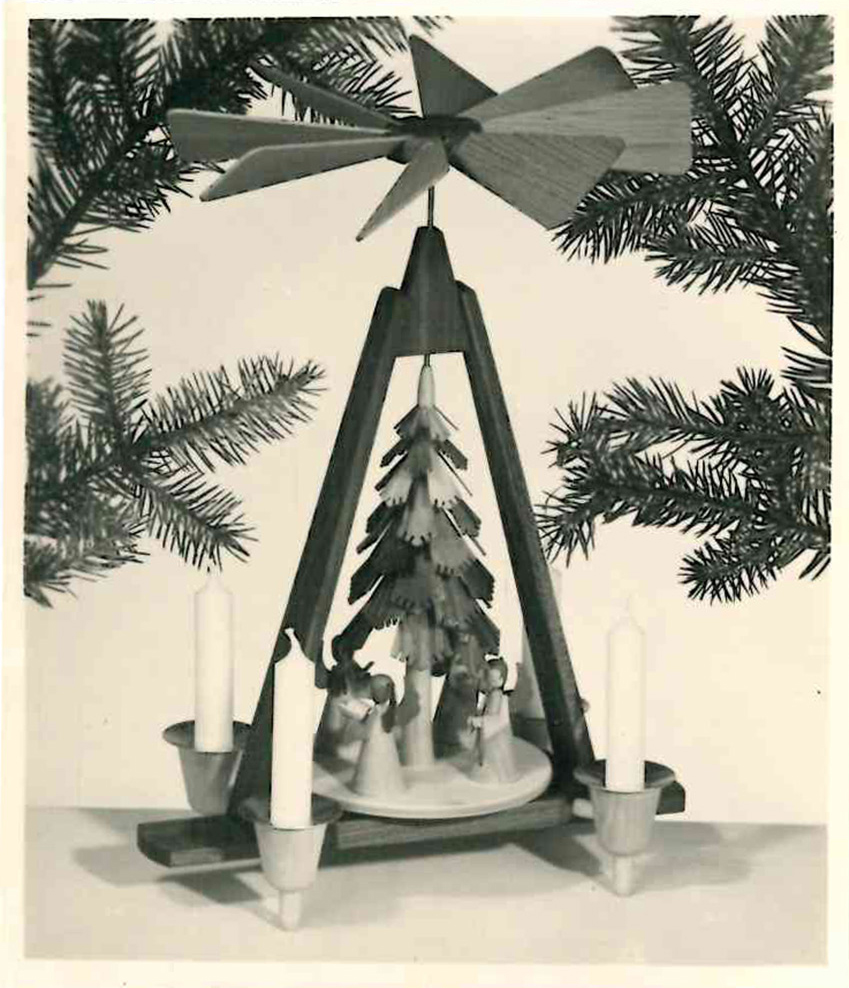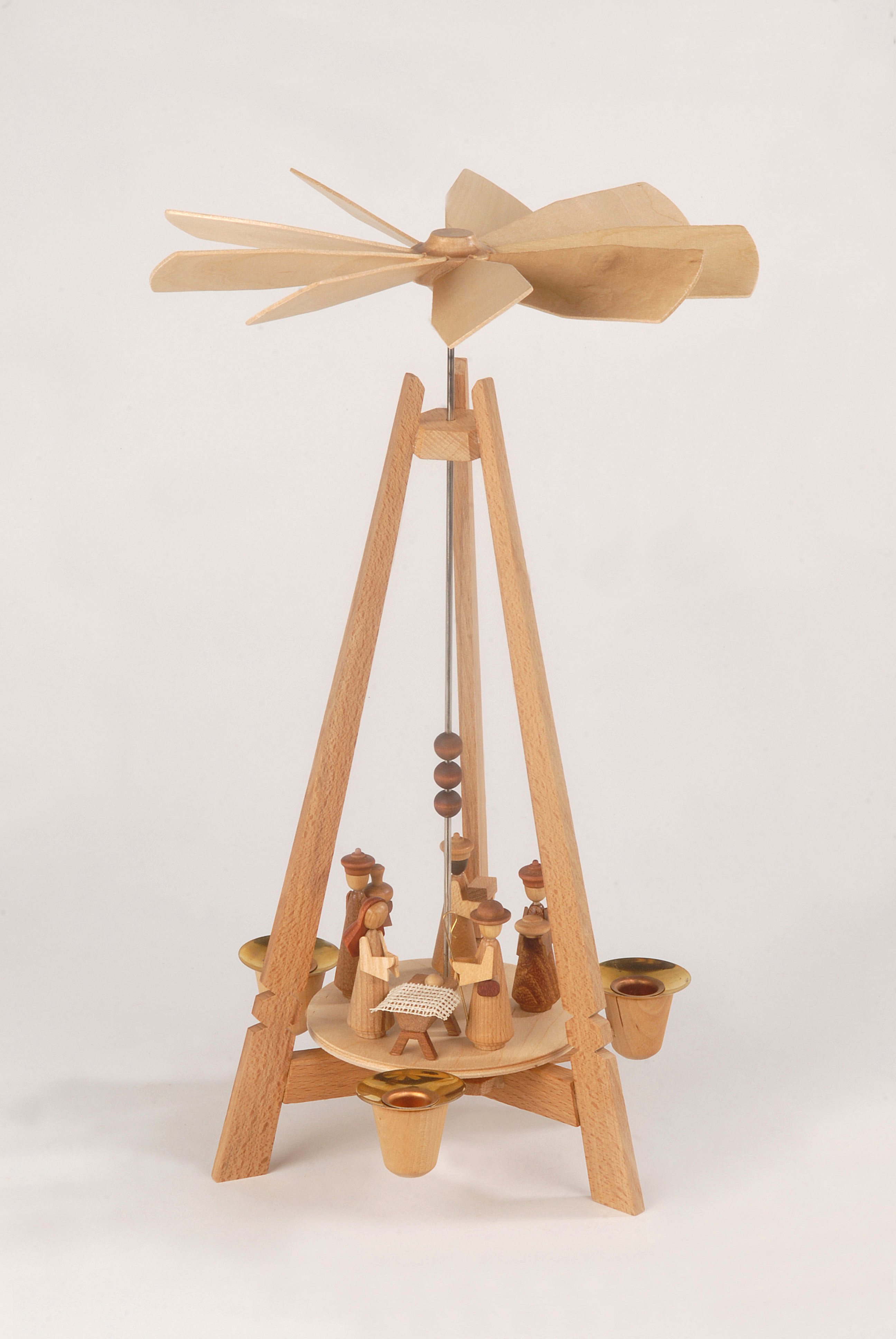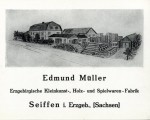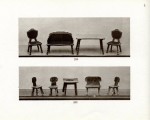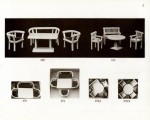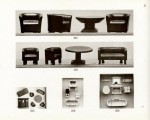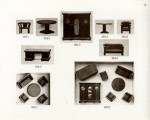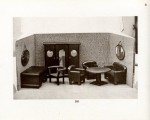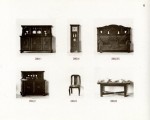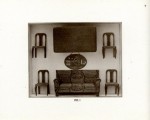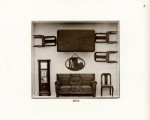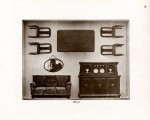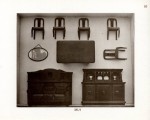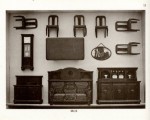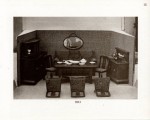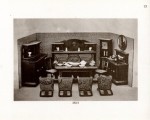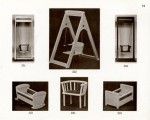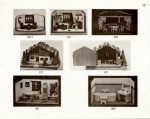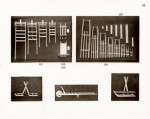Historical products
Since Edmund Oswald Müller established the company in 1899, we have made a large variety of wooden articles.
Over the years, we have changed design so as to comply with the market and with time spirit.
Up to the fifties of the last century, articles for everyday use predominated whereas today, arts and crafts stand in the centre of what we produce.
Below you can find a selection of articles of the past focussing on:
Candlesticks
(Edmund and Paul Müller between 1899 and 1945)
click for zoom
Toy Cars
(Edmund Müller ca. 1899 bis 1925)
click for zoom
The above shown and many more toy cars have been manufactured over decades. Since there were other manufacturers of wooden cars in the Seiffen toy area, they were branded by a manufacturer-specific stamp on the vehicle radiator. Scientific investigations by Werner Neumann from Seiffen are available to the toy museum and thus unequivocally allow conclusions drawn about the MÜLLER manufacture.
Most attractive to Erzgebirge artisans: Candlesticks and spider-type lights
As early as around 1800 both standing and hanging candles became typical of Christmas in the Erzgebirge.
Artisans were inspired by miners’ lights, by the spider-type Flemish lights which were of metal and by the chandeliers they knew from churches and castles.
In the Seiffen area, more than anywhere else, the lights were delicately decorated with prisms of glass or tin.
In the course of the 19th century, the first candlesticks came up which were made of wood and wire. Frequently in the Western Erzgebirge, these were carved of wood and richly equipped with figurines.
The glass chandelier in the church of Seiffen is said to have come from the Heidelbach glassworks and to date from 1488.
Large hanging chandeliers of wood showed up to 1, 750 hand-turned balls. These were fixed to nearly as many hooks or eyes.
A particular design of chandelier topping everything was driven by a suitable mechanism so it could rotate. As a rule, such chandeliers were delicately decorated.
In the Seiffen area, we find the first four-arm table candlesticks around 1900. They are often equipped with carved or wheel-turned angels or with golden stars.
There was a school training toy makers which greatly influced design. We also should mention Max Auerbach here, a designer as influential.
From 1960 we have known chandeliers and candlesticks made from pre-fabricated modules.
Articles for everyday use
(Edmund and Paul Müller ca. 1920 to 1945)
click for zoom
The range of articles includes a large variety of trays, flower stands, boxes to store postal stamps, serviette rings, hat stands, book-ends and many other articles.
In many cases, these articles showed the natural colours of the woods used. In those days, it was quite bold to present such design whereas today, it is standard.
Doll-house furniture – the main production line between 1915 and 1956
(Edmund, Paul and Gunter Müller)
click for zoom
The picture in the centre shows Gunter Müller’s journeyman’s piece of 1950. You can well see how carefully things were packed: Each piece of furniture was fixed to its place by means of strings.
Thus the toys could travel long distances of delivery and they looked good in the shop where they were displayed to customers.
More and more, the furniture was made of a variety of woods. Even delicate details as the inlaid work of the chess board (see picture) were made of wood.
Designers took pride in adding to their products the characteristic household utensils of the time in question, such as ashtrays, match boxes, bowls and plates.
All of these were hand-turned. Chairs and sofas were hand-upholstered and hand-sewn.
Each piece of furniture followed the fashion of the time. The pictures above clearly show which of the pieces are of the fifties or of East German times.
Some of the designs remind of a licence granted to producers by the East German TV (designs as shown in good-night programmes for children, which were known as Sandmann programmes).
1959, a noticeable change to the range of products
(Gunter Müller)
From then, only arts and crafts articles have been made. Our main focus has been on Pyramids (natural wood).
Still today, we owe much to Gunter Müller. He paved the way to what we presently do.
How the company started: Our range of products from 1899 to 1915
(Edmund Oswald Müller)
Seiffen is known as a toy-making village. Edmund Oswald Müller (we say: EOM, which stands for a trademark) made toys from the very beginning.
He was the first Seiffen artisan to come out with a toy airoplane, which was used by Scandinavian Airlines (today: SAS) to advertise.
Important for the company’s export business were match-box size miniatures. EOM was one of the first to come out with such articles.
Soon they became most important. Among them were complete toy houses which were richly equipped with furniture. Even if EOM never saw Switzerland, he made Swiss-type houses en miniature.
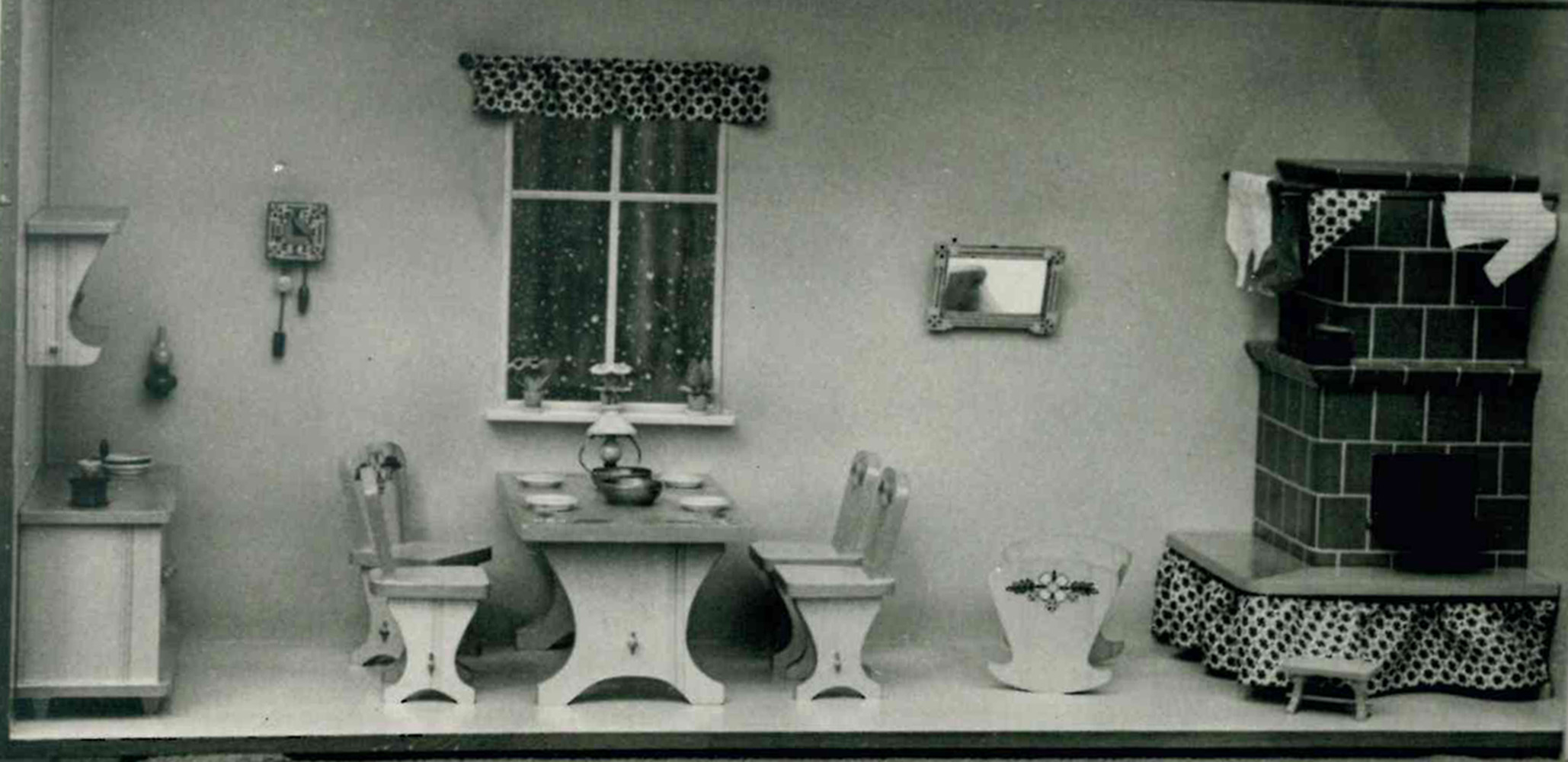 |  | 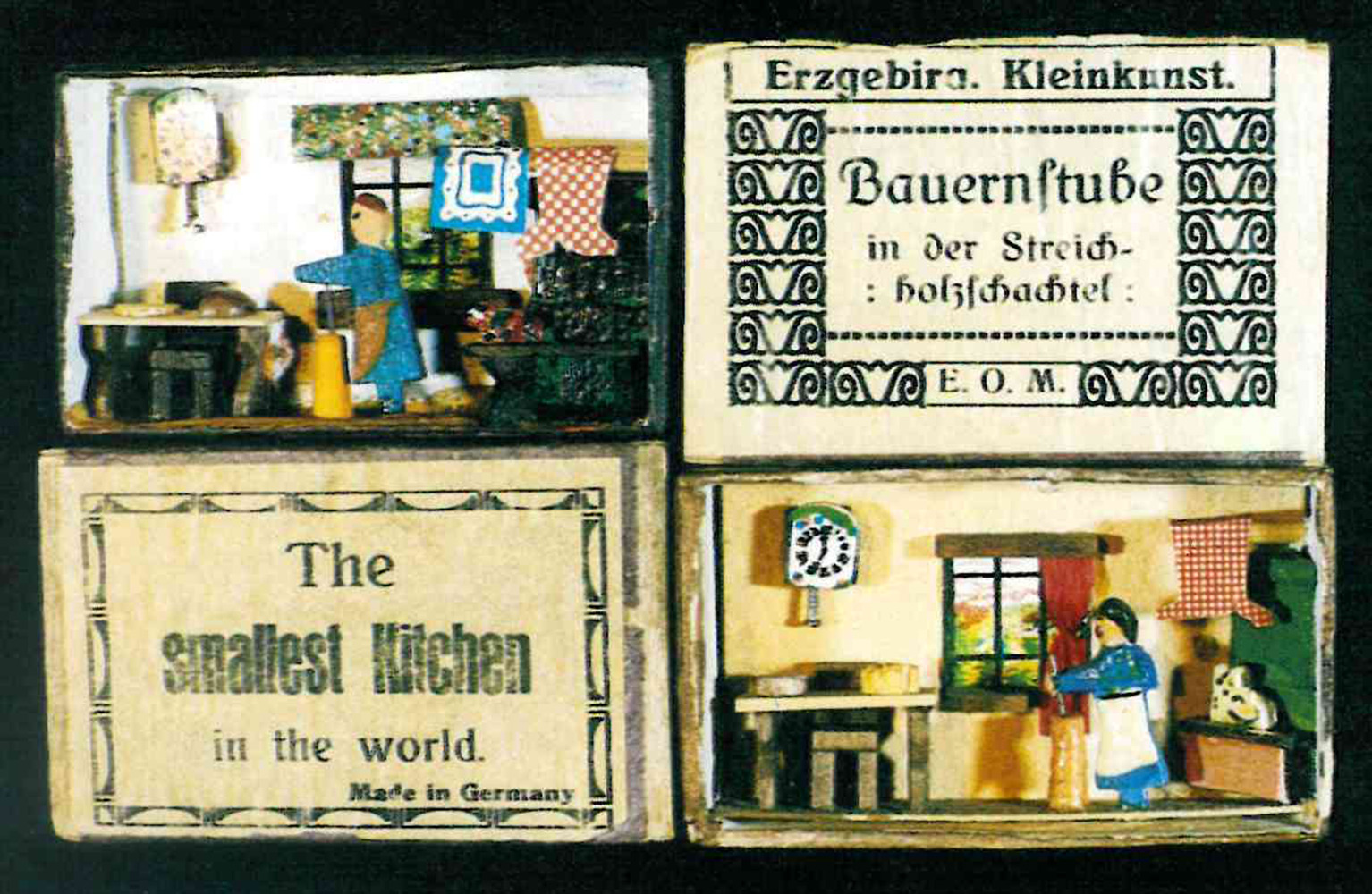 |
click for zoom
Browse through the first product catalogue from 1925!
click for zoom and scroll

